Nathan Spoon is an autistic poet with learning disabilities whose poems and essays appear or are forthcoming in American Poetry Review, Columbia Journal, The Cortland Review, Gulf Coast, Harvard Divinity Bulletin, Poetry, and the anthologies How to Love the World: Poems of Gratitude and Hope, and Sonnets from the American: An Anthology of Poems and Essays. His chapbook, My Name Is Gretchen Merryweather, and a debut poetry collection, Doomsday Bunker, were published in 2017. He is editor of Queerly.
Jeneva Stone is Little Lobbyists’ blog manager. She met Nathan last year and has become a fan of his work, which she loves for its complex, unexpected imagery and metaphor, its sound qualities, and its deep emotional timbre. Two of her favorites are “Poem of Thankfulness” and “The Republic of Tenderness.” Jeneva has also been impressed by Nathan’s advocacy on behalf of autism and people with disabilities.
Jeneva: Tell me about yourself.
Nathan: I was born in Newport, Rhode Island, and my sisters describe me as the calming, reliable older brother to my two sisters and three brothers. I am autistic with ADHD, dyscalculia (difficulty with understanding math), and dyslexia. I was undiagnosed with these disabilities until age 44, so I had difficulty in school and was lucky to graduate high school. Fortunately, none of the challenges that come with being undiagnosed lessened my curiosity and enthusiasm as an independent learner.
I began to develop an interest in art in 2nd grade. At first, I enjoyed drawing, and then painting. Eventually I was sculpting limestone while independently studying Brancusi. I developed a love for poetry in my late teens. My parents were supportive of these interests and, even with our limited family income, I had my own books (which I kept stacked on my bed, beside my pillow!) and access to art supplies.
JS: How did your interest in writing poetry develop? Do you remember when you wrote your first poem?
NS: My interest in poetry developed almost accidentally. I was in the attic one day, looking through a box of my dad’s writing supplies, when a notebook caught my attention. It was really a small ring binder with blank pages in it. Because there were three holes down the left side of the pages and because the corners were rounded, I was uninterested in using the pages for drawing. (I liked my drawing paper to be a perfect rectangle.) Still, the notebook called to me, so I brought it downstairs, and when Josh, who I shared a room with, was away, I opened the binder with a pencil in hand. I was not confident to write in proper sentences, much less paragraphs, so I went off the left margin writing a few sentences about how aware I was of my inability when it came to writing and how I still wanted to try. I recall pausing over the completed page and looking at the shape and thinking how it looked like a poem. So, I turned the page and made a more intentional effort.
JS: Describe how you see poetry as part of autistic self-expression.
NS: Poetry allows me to be calm and centered in a world that can be garish, loud, frenetic, and overwhelming. To write a poem I pause and settle into my mind’s eye. The best description I have heard for what I do comes from the Ralph Waldo Emerson essay, Nature, where he writes, “Standing on the bare ground, ―my head bathed by the blithe air and uplifted into infinite space, ―all mean egotism vanishes. I become a transparent eyeball; I am nothing; I see all; the currents of the Universal Being circulate through me; I am part or parcel of God.” From this inner orientation, spaces and shapes and words rush into view and I begin connecting what I see with language appropriate to each poem. I love using visual thinking to collide architectonic sound arrangements, observations of everyday circumstances and of nature, and more abstract or cerebral impressions, images, thoughts, and ideas into a kind of neuroqueer language of the birds.
I also love using language in ways that are independent of social communication dynamics. My poems usually do not have a singular arch of meaning. Essentially, I have difficulty keeping to a single line, which is crucial to most social communication. But if I can ricochet between several different lines, that are disappearing and being replaced by newly emerging lines as the poem unfolds, then I am fine. When it comes to reading, I always say I would rather read James Joyce than James Patterson, and when it comes to poetry, I write poems like many people write correspondence such as email or text. It took me many years to get a handle on writing emails. I can write them now after a business colleague gave a formula I could understand, but I would still rather be writing a poem. It is common for autistic (and dyslexic) people to have difficulty with “simple” things and an easy time with certain “difficult” things.
JS: I'm intrigued by your poem "Kiddo." It is Little Lobbyists policy to avoid ableist language, but "kiddo" has become so ubiquitous, I hadn't thought of its ableist implications. Can you explain how you came to write the poem and why "kiddo" is offensive?
NS: Within the ocean of ableism, “kiddo” is relatively innocuous at first consideration. It is also challenging as it is technically a term of endearment. However, I have noticed a higher percentage of parents of disabled children referring to their children as “kiddos.” It is common enough that you can google “autistic kiddo.” If this term was used as often by parents of non-disabled children, then it would clearly be nothing more than an expression of endearment. The issue, I believe, is that it is being used as a way of saying “this is my cognitively disabled child” without naming the disability, which holds a space for shame instead of an open acknowledgement of how someone can be celebrated as different. I believe that shame and hatred are at the core of ableism. So, to avoid these negatives, it is important to say something like “this is my autistic daughter, Amie,” to actively give voice to pride.
In this poem, I am writing in relation to the above as well as in relation to personal encounters with being called “kiddo” as an openly autistic adult. For example, a non-autistic colleague who calls an autistic colleague “kiddo” at work could leave the autistic feeling awkward. They may have good intentions, but it could come across as infantilizing and embarrass the autistic person, especially if other colleagues overheard this. If it happens, it is important to kindly ask the non-autistic colleague not to use that term.
This poem begins with the image of a consumptive mountain sliding through a field that is the field of the narrator’s hand. Then the narrator mentions things that adequately sustain their hand. After a sentence affirming how to move forward, this sonnet (-like poem) turns, as the narrator shifts into wondering in a critical way about a piece of furniture encountered in a public seating area. Finally, the poem concludes with the narrator being distracted (and saved?) by a pair of bright shoelaces. I am not content to simply point out an issue and I always hope to heal and repair, beginning with myself, through my engagement with writing poems. By calling this poem “Kiddo” the infantilizing and othering aspects are reclaimed by the speaker, and by me, as its autistic author.
JS: How do you feel your writing practice as an autistic differs from the writing of neurotypicals?
NS: I write poems in a single draft. For me writing a poem is like unrolling a scroll. I begin with a feeling that I have something to say. Then I write the first phrase or sentence. Each next thing is written in relation to everything already written, but I do not know what the next thing will be until I write it. I pause as needed, waiting for that thing to come to mind. By the time I am at the end of the poem, I can finally see everything, like when a scroll has been completely unrolled. I believe this approach is natural, given how my brain works.
I do understand reading over poems after writing them, to check things like wording, spelling and punctuation. But I do not understand how to redraft a poem. So, I think this developed into a different approach that depends on being calm and centered. I also like threading things together in unexpected ways: like seriousness, joy, and whimsy, for example.
JS: How can parents, families, and allies best support the ambitions of disabled artists?
NS: Disability is complex and I feel I can best speak to this question as a cognitively disabled person. I have both developmental and learning disabilities. Developmental conditions are characterized by delays and learning conditions by disrupted fluency. My biggest challenge as a different kind of learner and a different kind of creator has been being judged as incapable or inadequate and as somebody who needs to be fixed. When you are disabled yourself, you can see how much the world is structured in ways that leave you out, you can see how often you are falling outside of the frame, and you are easily left feeling as if you do not belong. My parents were always my cornerstone. They let me be who and how I am. They encouraged me to understand that I belong. I wonder if my dad was disabled (with undiagnosed dyslexia) and I have noticed I share similar traits with my mom. They may not have known I was autistic, but perhaps they intuitively grasped many things I needed to thrive. Through that acceptance I felt whole at home. They accepted me and encouraged my best self. They did not dramatize or manipulate me at my worst. They were perfectly imperfect. My childhood home was my respite from an overwhelming world, where I could read in my room alone for hours, or I could explore every inch of the woods behind our home with my brothers. This gave me a foundation for accepting myself, which is the key to self-advocacy.
I think the best way parents, families, and allies can support disabled artists is by both embracing and making space for, as Dr. Sara M. Acevedo calls it, our “cunning” and our different and queer ways of being and doing. This can look like giving us plenty of free time when we are young and purchasing the works of creative disabled adults.
JS: If you had just one sentence to explain why art matters as a form of advocacy, what would you say?
NS: Art matters as a form of advocacy because it shares the cultural life of disabled people.





![“Woodlawn Lake, Early Autumn,” Sennelier Oil Sticks and Cold Wax Painting on Wood Panel, 10x10 inches, 2020. [image description: Impressionist techniques depict a pond with vegetation surrounding it, tall trees to the right, and clouds in the sky upper left. Brushstrokes are prominent.]](https://images.squarespace-cdn.com/content/v1/59d8124080bd5eadd869b8b7/1620918597845-X6KK7KN6L1SGT7C0XZUT/Woodlawn+Lake-Early+Autumn.jpeg)
![“Progress,” Pen and Ink Drawing, White gel pen, Artgraf ocher, graphite, and white washes, Micron colored pens, on Stonehenge Archival Kraft Paper, 11x14 inches, 2020. [image description: Construction equipment in yellow & brown in foreground, alongside fence. Telephone wires above, and storefront visible in background.]](https://images.squarespace-cdn.com/content/v1/59d8124080bd5eadd869b8b7/1620918618991-PGS1TQ37NPVMLZG075V8/Progress_AWeddle.jpeg)


![Members of Little Lobbyists pose with Senator Chuck Schumer on the Capitol Building grounds. [image description: A large group of adults and children, many using alternative mobility, pose in front of bright green summer tree foliage.]](https://images.squarespace-cdn.com/content/v1/59d8124080bd5eadd869b8b7/1620323458624-XNQ866409H8I43IRU6US/LL_KidSpeakers_062618_cropped.jpg)
![Rob Stone at a Bethesda protest against the violence in Charlottesville, Virginia. [image description: A young white man wearing sunglasses is seated in a wheelchair. He holds a multicolored, hand-painted sign, “HONK! 4 LOVE".]](https://images.squarespace-cdn.com/content/v1/59d8124080bd5eadd869b8b7/1620315148041-V4OAIWM8G81B14EX7WI5/C71DFE07-56CB-48C7-8B0B-7EE152B4BDEC_1_105_c.jpeg)

![Sierra as a child during a hospitalization. [image description: A young white girl with short black curly hair stands holding onto an IV pole mounted with various medical devices. She wears a black pajama shirt and pink patterned pajama bottoms.]](https://images.squarespace-cdn.com/content/v1/59d8124080bd5eadd869b8b7/1619109871858-LH2M2CRD7WQK46LY0X2T/Sierra%2Btransplant%2B2.jpg)
![Sierra today. [image description: A young white woman with long curly blonde hair is seated outdoors. She wears a scoop-neck burgundy top and a burgundy and black checked skirt.]](https://images.squarespace-cdn.com/content/v1/59d8124080bd5eadd869b8b7/1619110000522-FCFU7LPA6G70W03G3NRM/Sierra+graduation.jpg)



![Maya’s daughter Ruby. [image description: A young Black girl with long, curly black hair wears pink sunglasses while she makes notes with a pen on a blue pad.]](https://images.squarespace-cdn.com/content/v1/59d8124080bd5eadd869b8b7/1617904561702-WFNT20BASIDA489IZIQ4/Ruby+B-Z.jpg)

![Jeneva & her son Rob [image description: A mom with short blonde hair wears a blue scarf & grey dress. Her son is seated in a wheelchair with an orange shirt & orange baseball cap.]](https://images.squarespace-cdn.com/content/v1/59d8124080bd5eadd869b8b7/1617904825968-F8U24NCW3H4ZLBEXSWNK/JenevaAndRobert._JWJjpeg.jpeg)




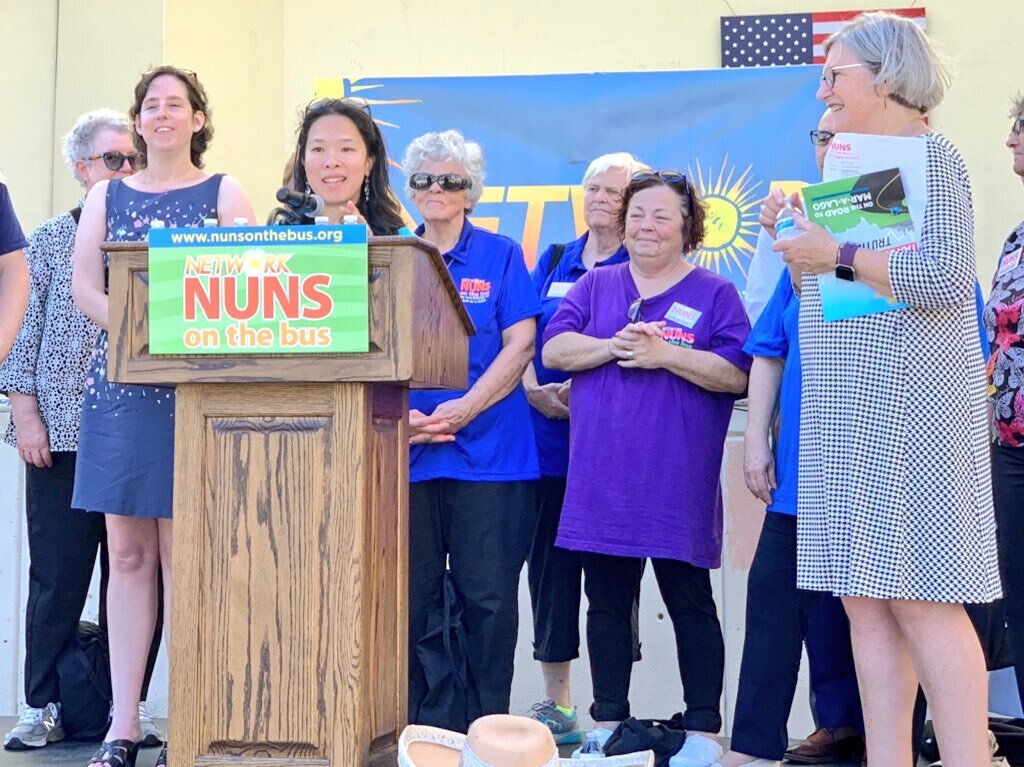






![Ande Kolp (third from left) and her children. [image description: A white-appearing family poses in the living room of their home. Five people stand in a line, arms linked. They wear brightly colored t-shirts: 3 women at center, 2 men on either end.]](https://images.squarespace-cdn.com/content/v1/59d8124080bd5eadd869b8b7/1616690192048-48Q9UDXJ9IHYKOSSKPYY/ande+kolp+and+kids.jpg)

![Amadou, Zana, and Amy. [image description: A Black family poses on a couch. The dad wears a black & white plaid shirt, the son wears a colorful striped shirt, and the mom wears a gray shirt, her hair pulled back into a bun.]](https://images.squarespace-cdn.com/content/v1/59d8124080bd5eadd869b8b7/1616081735327-ITLL549R6QJC96E9N8V2/Amy%252C%2BAmadou%2B%2526%2BZana.jpg)

![Brynleigh Shillinger [image description: A young girl with dark hair and a purple hair bow poses in a wicker outdoor chair with teal cushions. She holds a purple sign that reads “Brynleigh’s Act, SB225, HB370, #Seizure Safe Schools MD.”]](https://images.squarespace-cdn.com/content/v1/59d8124080bd5eadd869b8b7/1614877315486-42JYPTE52UMFZW9WLF9M/Brynleigh.jpg)
![The Shillinger Family. [A father poses in white shirt and purple tie, a mom holds her daughter—both mother and daughter are wearing deep blue clothing.]](https://images.squarespace-cdn.com/content/v1/59d8124080bd5eadd869b8b7/1614877457541-MYFDHQ3CT62D2KDN3XFA/Shillinger+Family.jpg)

![Jeneva & her son Rob [image description: A mom with short blonde hair wears a blue scarf & grey dress. Her son is seated in a wheelchair with an orange shirt & orange baseball cap.]](https://images.squarespace-cdn.com/content/v1/59d8124080bd5eadd869b8b7/1614877746207-JTGO1B3ZGKXQUXWZYMCO/JenevaAndRobert._JWJjpeg.jpeg)





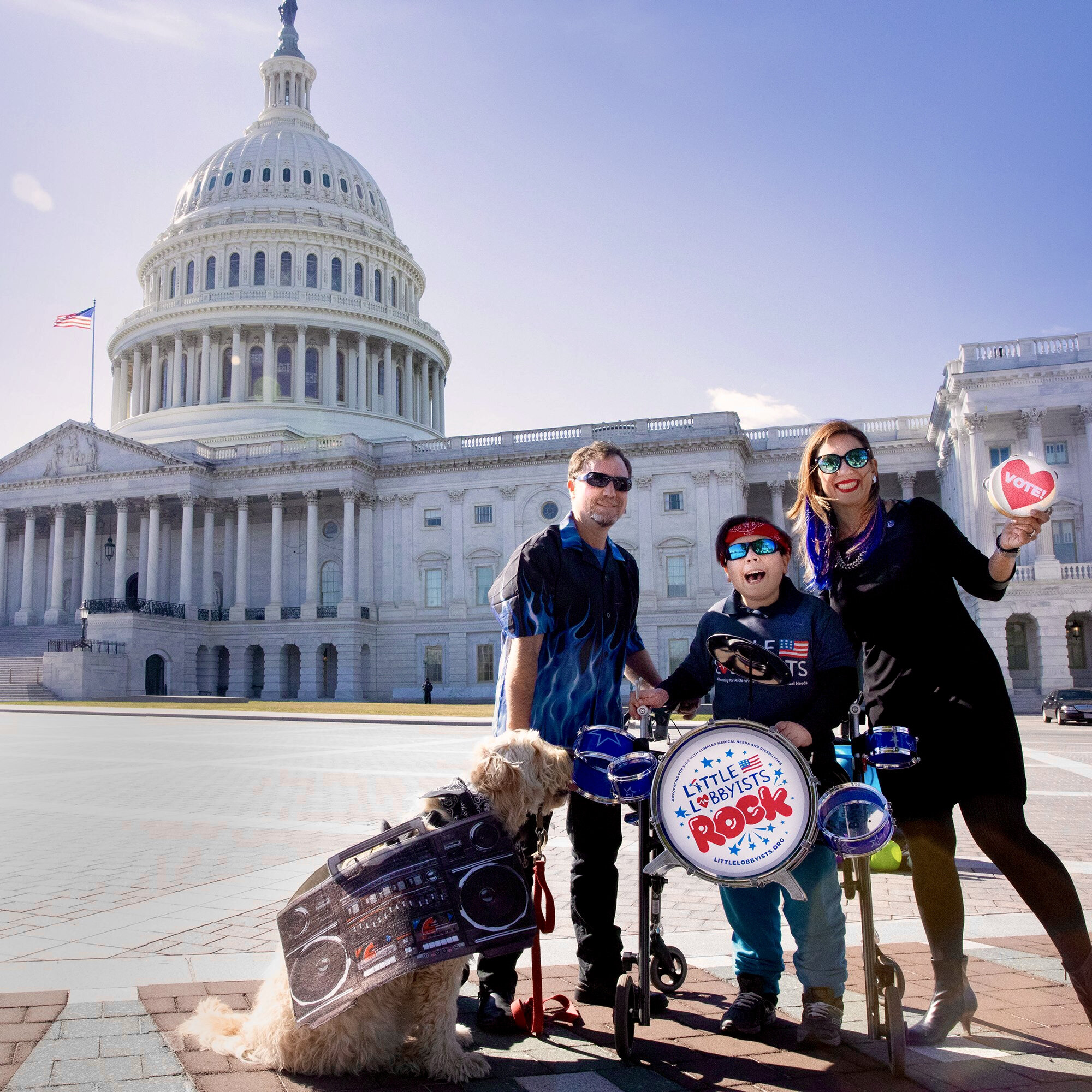

















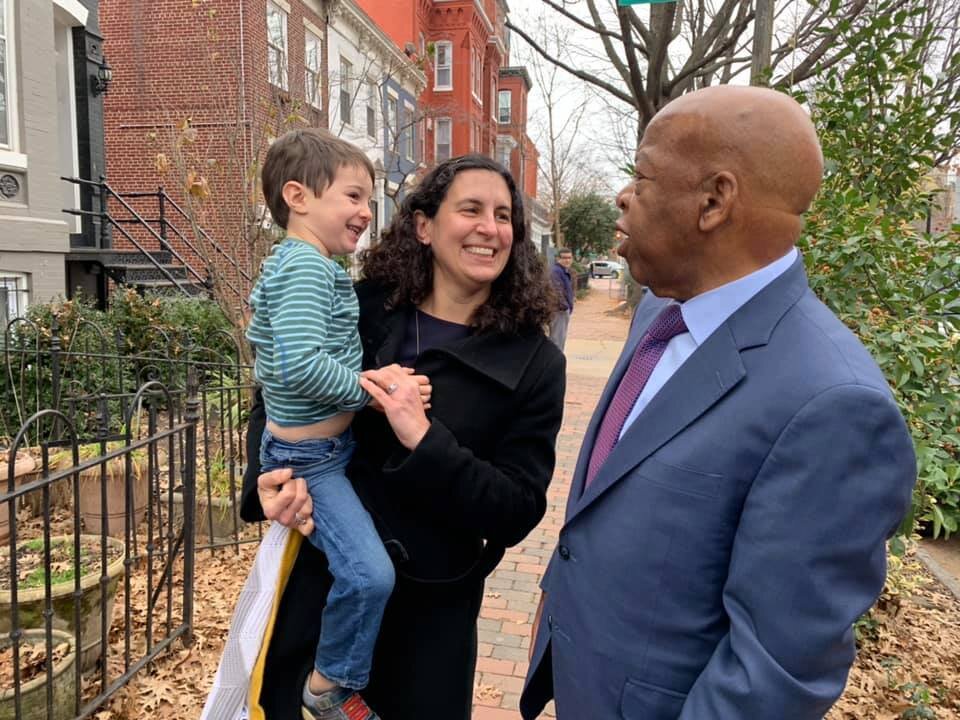













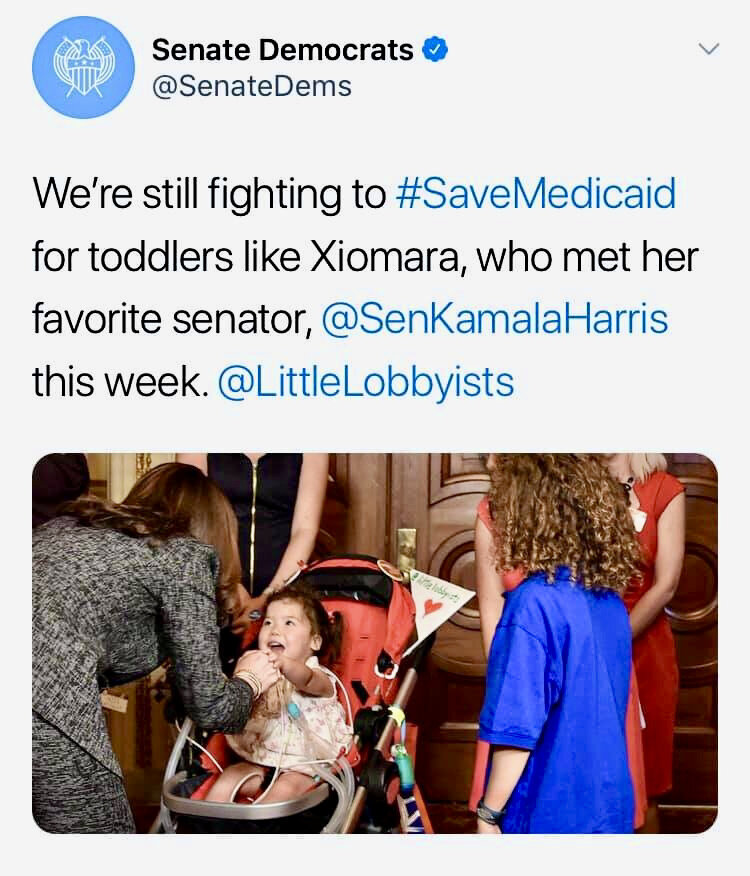
























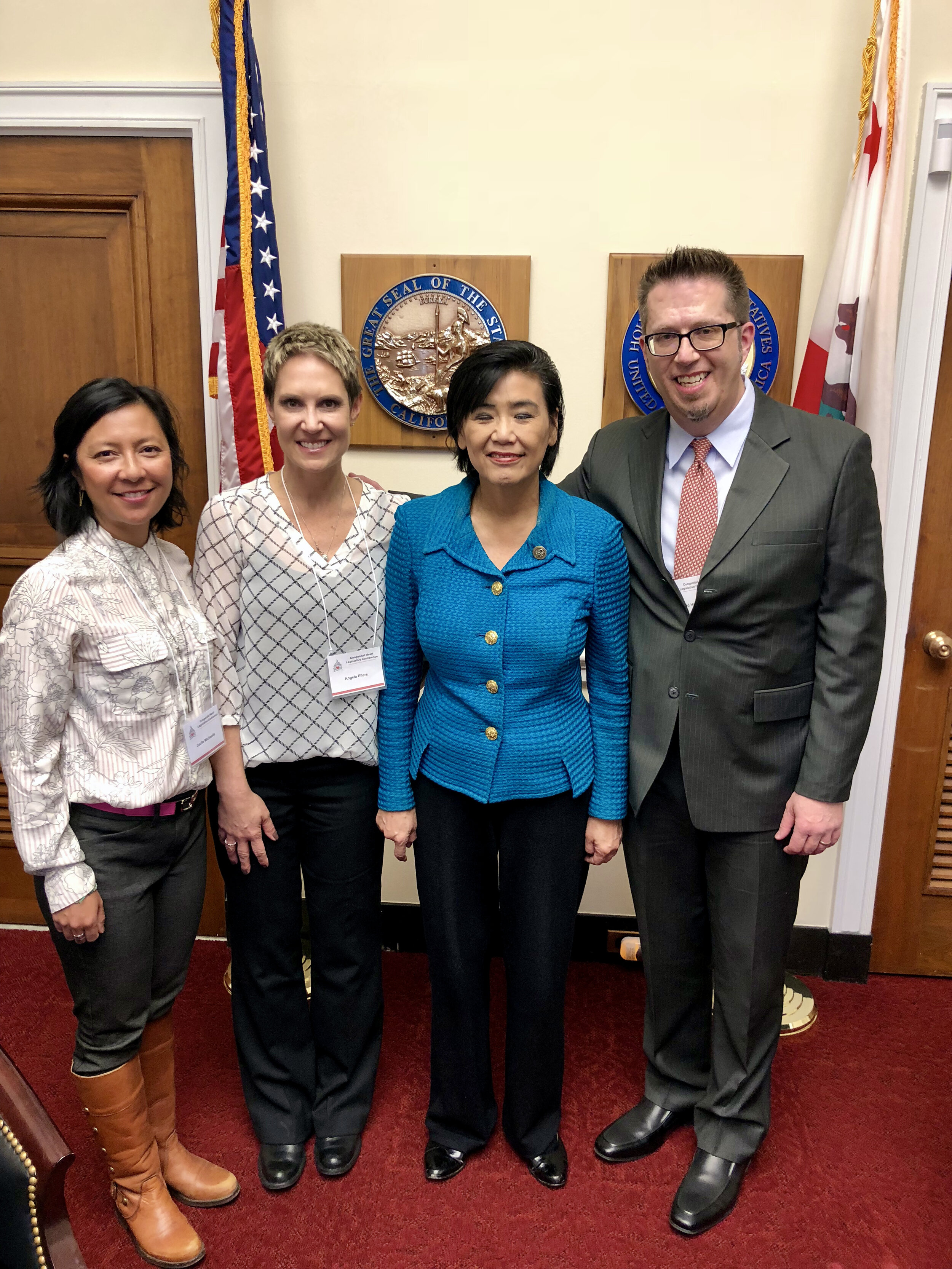







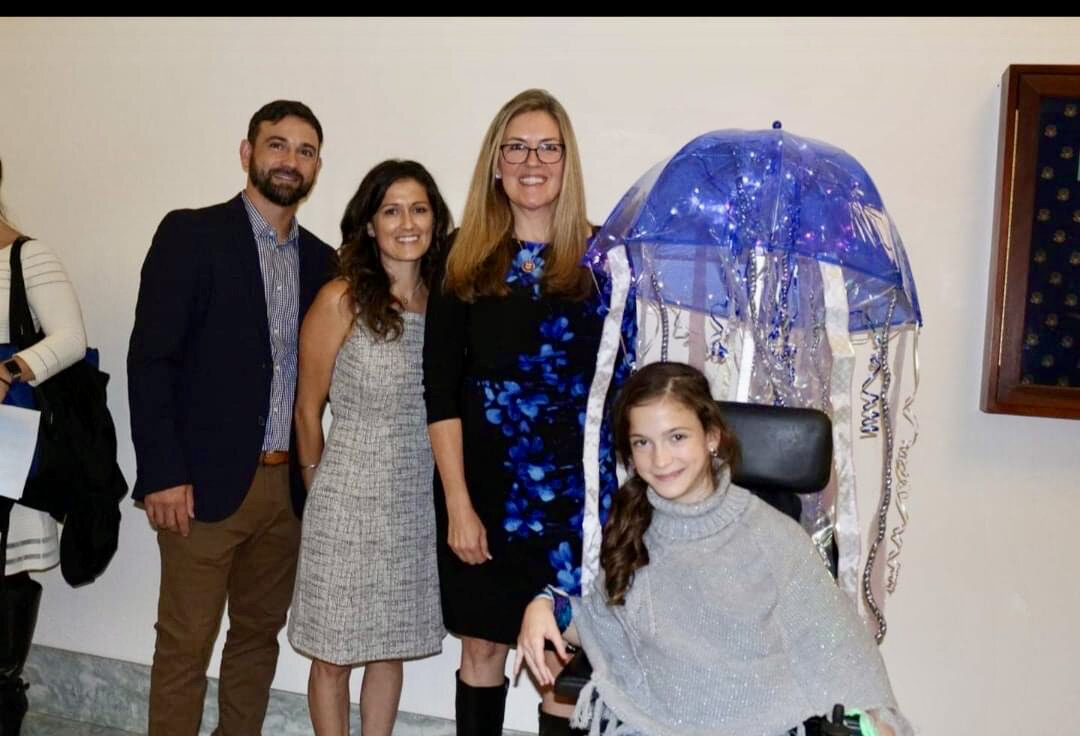

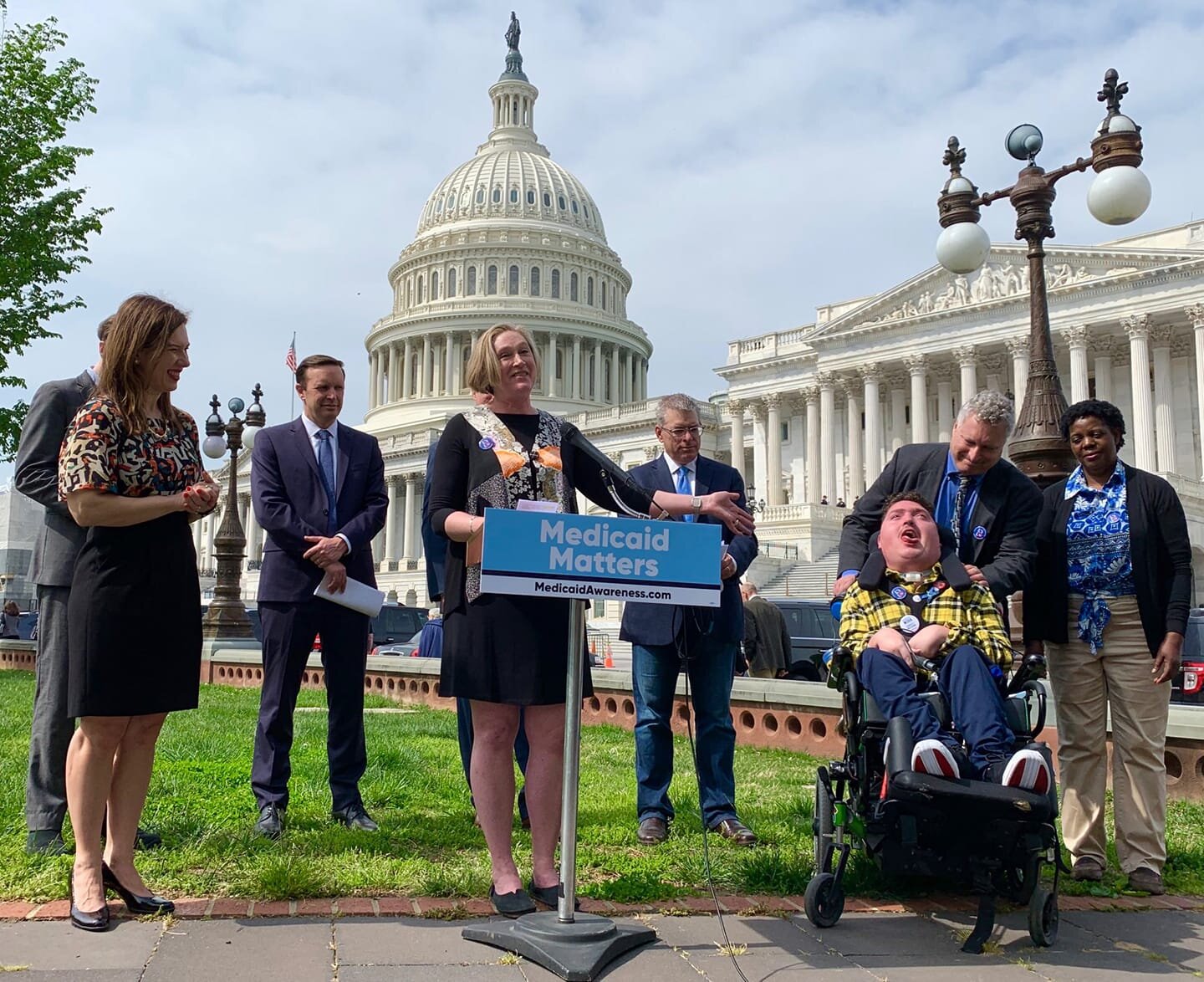

















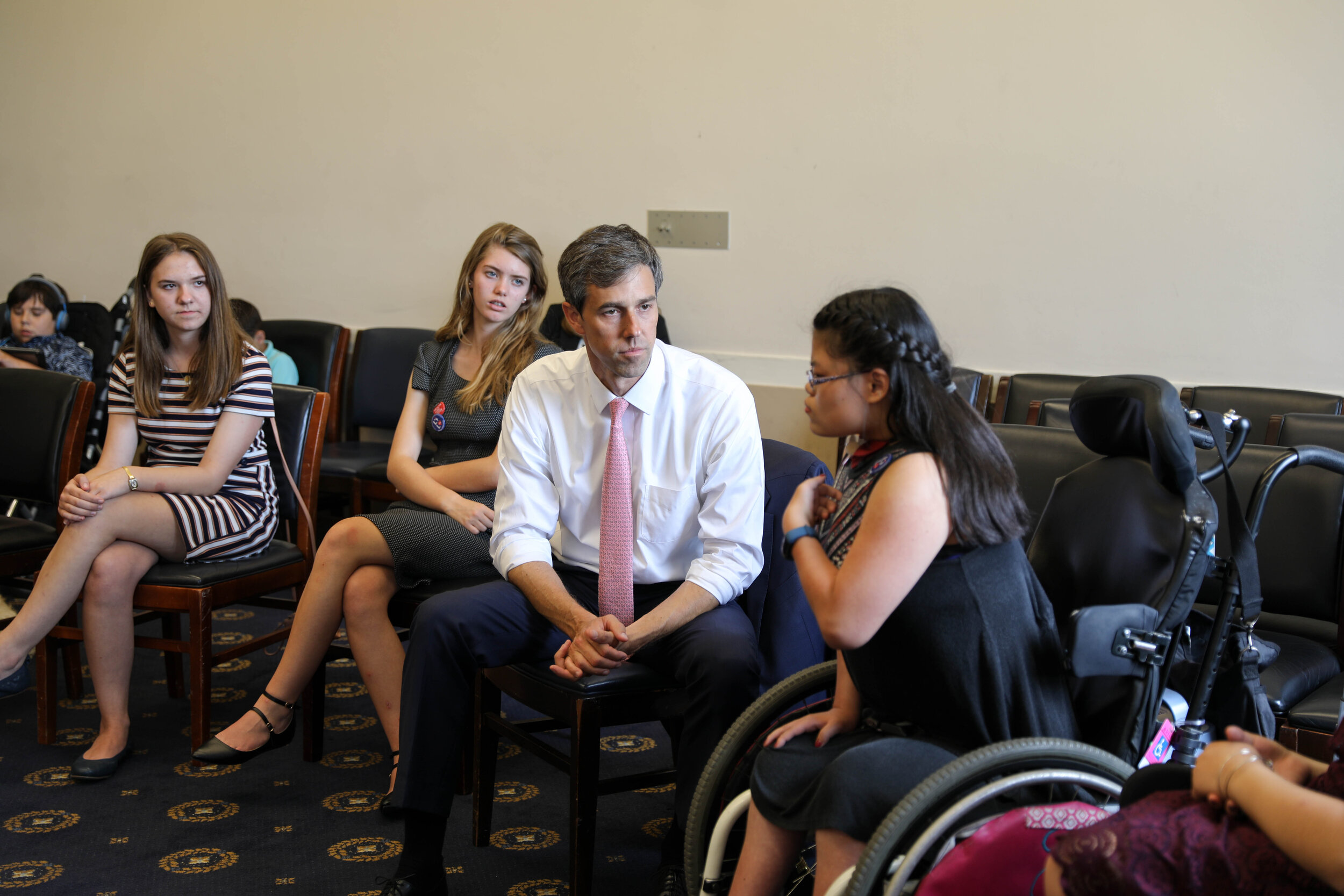








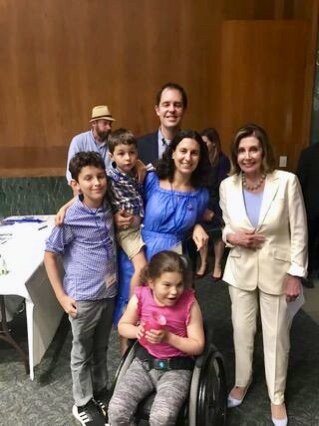






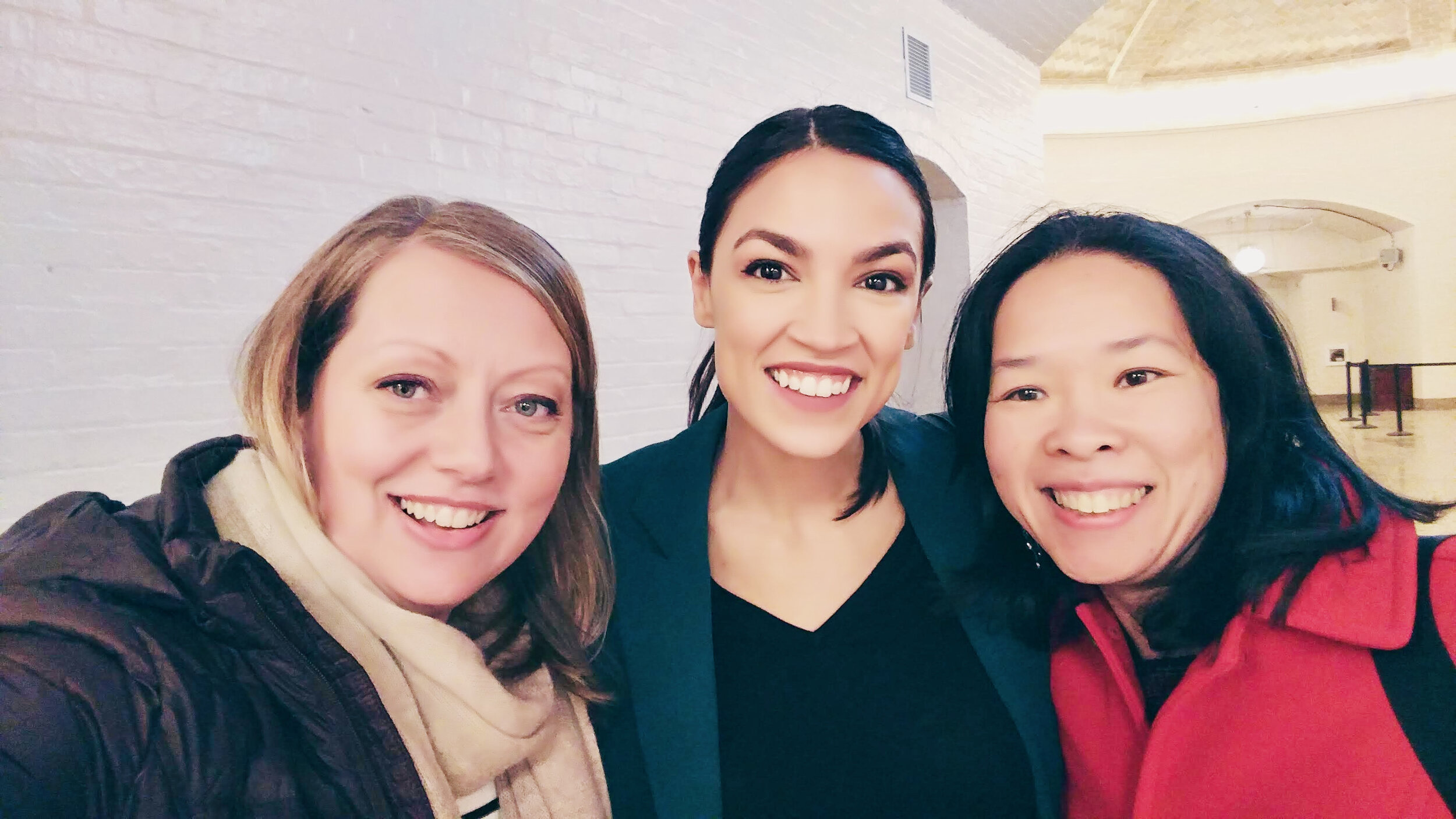


![The Silverman-Stern Family: Annabelle, Sophie, Ray & Amy [image description: A family poses at their front door, framed by green leaves of adjacent bushes.]](https://images.squarespace-cdn.com/content/v1/59d8124080bd5eadd869b8b7/1608745259829-CKXIKCK461D299LEBM8Y/silverman_stern+family.jpeg)
![Jeneva & her son Rob [image description: A mom with short blonde hair wears a blue scarf & grey dress. Her son is seated in a wheelchair with an orange shirt & orange baseball cap.]](https://images.squarespace-cdn.com/content/v1/59d8124080bd5eadd869b8b7/1608744874116-KN5JUNMOM5SP2PLB32M6/JenevaAndRobert._JWJjpeg.jpeg)

![Anian & his sisters. [image description: Standing in front of a fountain are two young Black girls with cornrow braids pose on either side of a young Black boy with Down Syndrome.]](https://images.squarespace-cdn.com/content/v1/59d8124080bd5eadd869b8b7/1608139885547-E6GRNPKOTZVJOBOW37TU/5BF24EE5-A9CB-453F-9524-0C36FBC39D5F_1_201_a.jpeg)
![Cover of A Friend Like Anian. [image description: Illustration of a young Black boy with Down Syndrome posed in front of neighborhood houses.]](https://images.squarespace-cdn.com/content/v1/59d8124080bd5eadd869b8b7/1608139924293-B5XOI2JTVYW4GAJEE7Q4/Our+book+cover.jpg)
![Cover of A Friend Like Anian: First Day of School. [image description: Illustration of a Black mom with glasses and short light hair hugging her son with Down Syndrome in a child’s bedroom.]](https://images.squarespace-cdn.com/content/v1/59d8124080bd5eadd869b8b7/1608139947544-FI9PY3O0TF8ZNCKYX2QV/Cover+The+First+Day+of+School.jpg)

